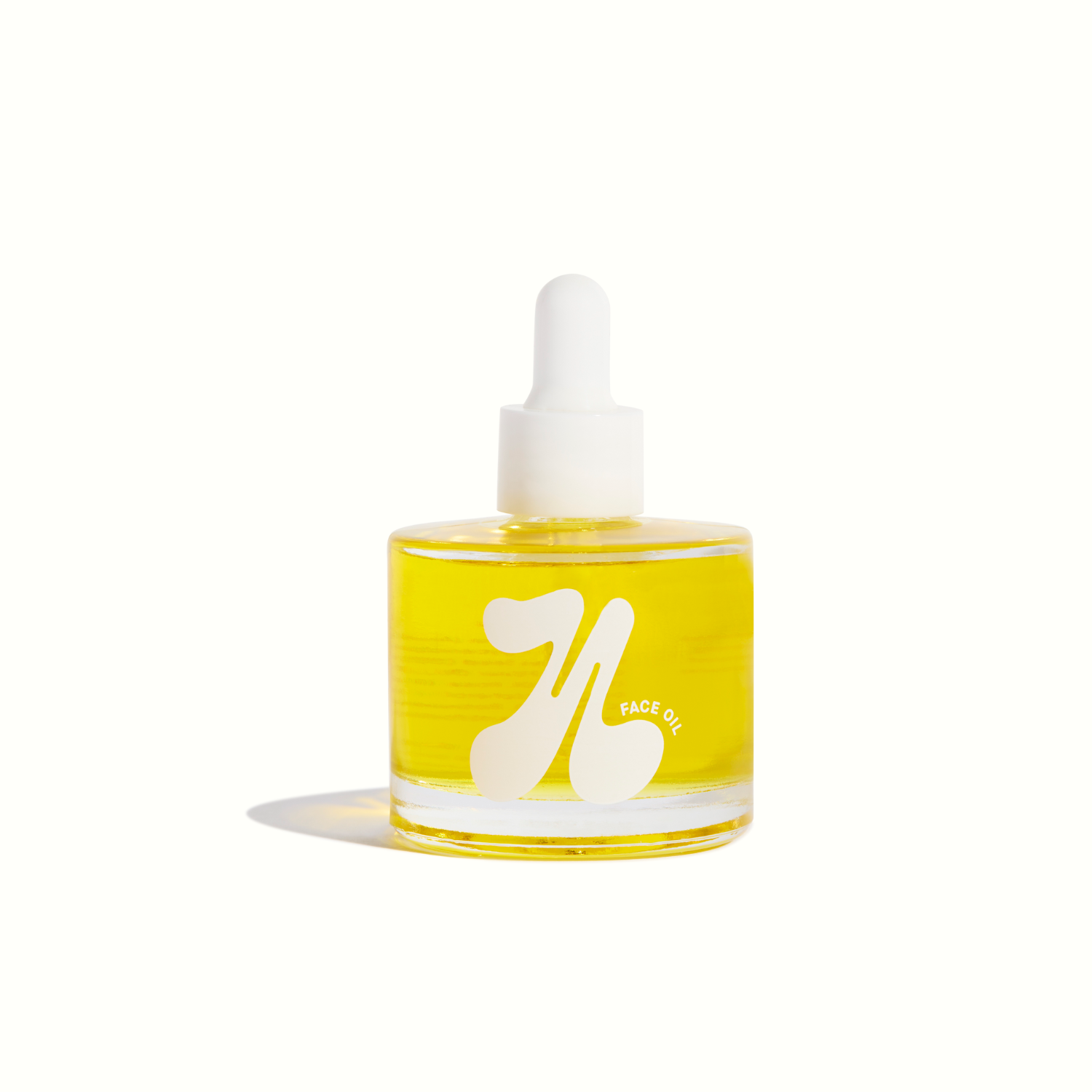NEW TO THE JOURNAL
NIMBUS WELLNESS
NEW TO THE JOURNAL
NIMBUS WELLNESS
What is Wellbeing
BY SHEENA POLESE
How many times in the last week have you felt busy? How many times in the last month have you been overwhelmed by your to-do list? How often does the chatter in your mind distract you from being in the moment and experiencing joy and connection?
At a fundamental level, your wellbeing is measured by the presence of positive emotions such as contentment and happiness, the absence of negative emotions, meaningful engagement and relationships, as well as being reasonably satisfied with life and having a sense of overall fulfillment.
Why Does Wellbeing Matter?
Life Satisfaction Including Health, Intimacy, Spirituality, Work and Transcendance.
How is: Happiness Different to Wellbeing and Isn’t Happiness Enough?
The master of positive psychology and wellbeing theory, Martin Seligman, describes wellbeing as a construct, compared to happiness, which is a thing.
Happiness is often measured by a satisfying life experience at a given point in time, is also often determined by the pleasurable feeling or mood at that specific moment rather than over time itself. In contrast, when looking at individual wellbeing, it is multifactorial and considers happiness, the presence of positive affect and the absence of negative affect over time.
Both wellbeing and happiness remain important as they have been shown to lead to many good outcomes in life including higher productivity, increased motivation, living longer, a healthier and stronger immune system, making more money, being a better leader and collaborator in the workplace.
What is: Flourishing vs Languishing?
‘Flourishing’ is about living a good life based on the idea of optimal mental health with little signs of mental illness. Good mental health comprises manageable anxiety and an absence of depression. ‘Languishing’ has been written about recently as we have all been experiencing some level of mental health concerns due to the pandemic.
Satisfaction with life survey
Below are five statements that you may agree or disagree with. Using the
1 - 7 scale below, indicate your agreement with each item by placing the
appropriate number on the line preceding that item.
Please be open and honest in your response.
Reflecting on your answers above, what do you notice? What would you like to shift? What areas of your life do you find fulfilling and what is missing? What action can you take and what support might you need to bring about a greater sense of wellbeing?
Warwick-Edinburgh: Mental Well-Being Scale from the
Scottish Association for Mental Health
When it comes to how we feel emotionally, it can be hard to recognise or admit that we’re not feeling good. This assessment uses the Warwick- Edinburgh Mental Well-being Scale (WEMWBS) to measure wellbeing. Optimal mental wellbeing is about feeling good and functioning well.
6 domains of wellbeing
Spiritual- Spiritual wellbeing recognises your sense of purpose and how you find meaning in your life.
Emotional- Emotional wellbeing is about having awareness and showing curiosity towards your thoughts, alongside understanding your feelings, emotional needs and drivers.
Intellectual- Intellectual wellbeing is the domain of stimulating yourself mentally through observing and interacting with others and the world.
Social- Social wellbeing comes from healthy and functional relationships that provide a sense of self, connection and belonging.
Physical- Physical wellbeing includes looking after and optimising the functioning of your body.
Vocational-Vocational wellbeing is the sense of worth and satisfaction that is achieved through utilising personal skills, expertise, experience and talents to generate income or to give back to the community.
- How satisfied am I with each domain?
- What am I currently doing that’s working well?
- Give each domain a score out of 10.
- Look at the gap in each domain and write why you might want to shift
the score. Remember that you need to keep the wheel balanced, it
doesn’t work if your physical domain is at 10 while emotional is at 2.
- What actions could you take to balance your wheel?
- What are your priorities for the next month?
- How will you keep yourself in check?
- Put the wheel somewhere you can see it daily.
- Note the improvements you feel.
- Check back in monthly on your personal progress and celebrate each
small win in the right direction.
Is your stress normal?
35% of Australians report having a significant level of distress in their lives, 26% report above normal levels of anxiety symptoms and 26% report having moderate to extremely severe levels of depression symptoms. While it is normal to experience some level of stress, our stress will be caused by how we respond to given situations and ability to cope.
10 causes of stress
- Overscheduled calendars
- Job stress and demand
- Lack of play or downtime
- Lack of time with family and friends
- Inequity in home responsibilities
- Lack of time to explore one’s own interests
- Guilt
- Families and children’s behaviour
- Lack of time
- Lack of money (financial issues are rated as the top cause of stress
in Australia)
More resources and detailed advice, download full guide. - purchase HERE $9.95







